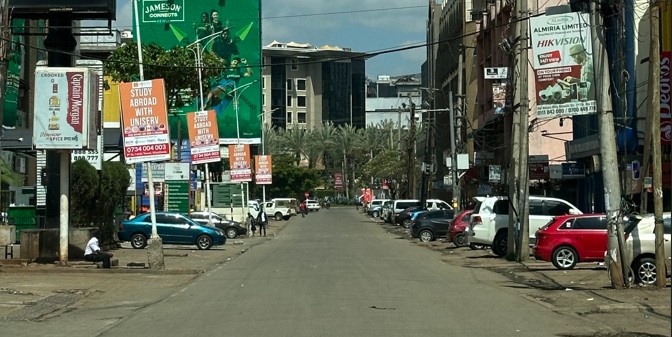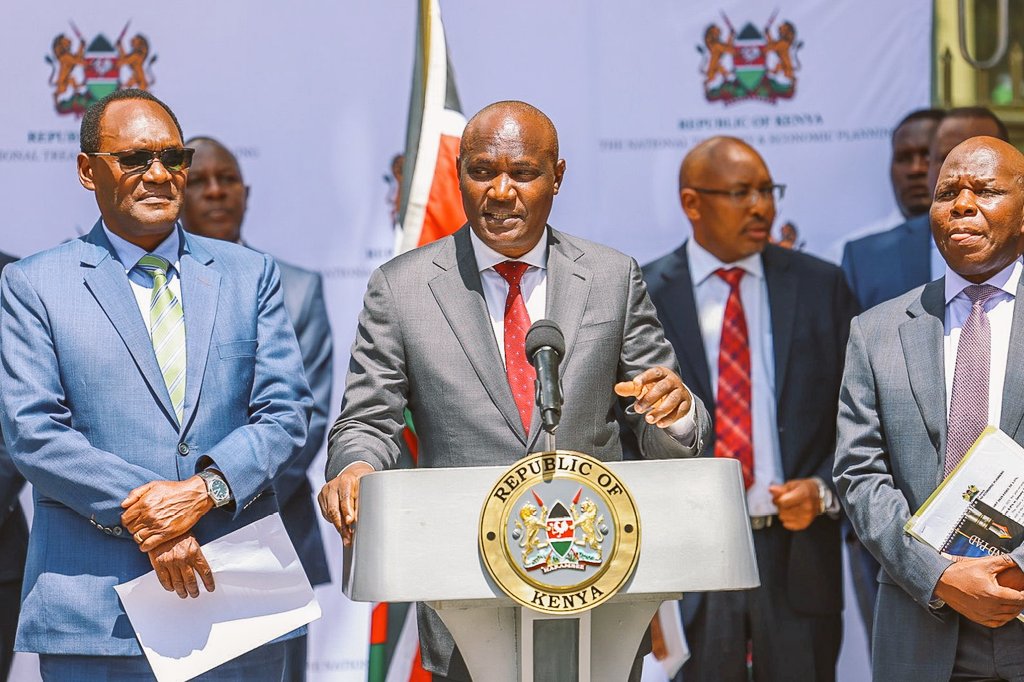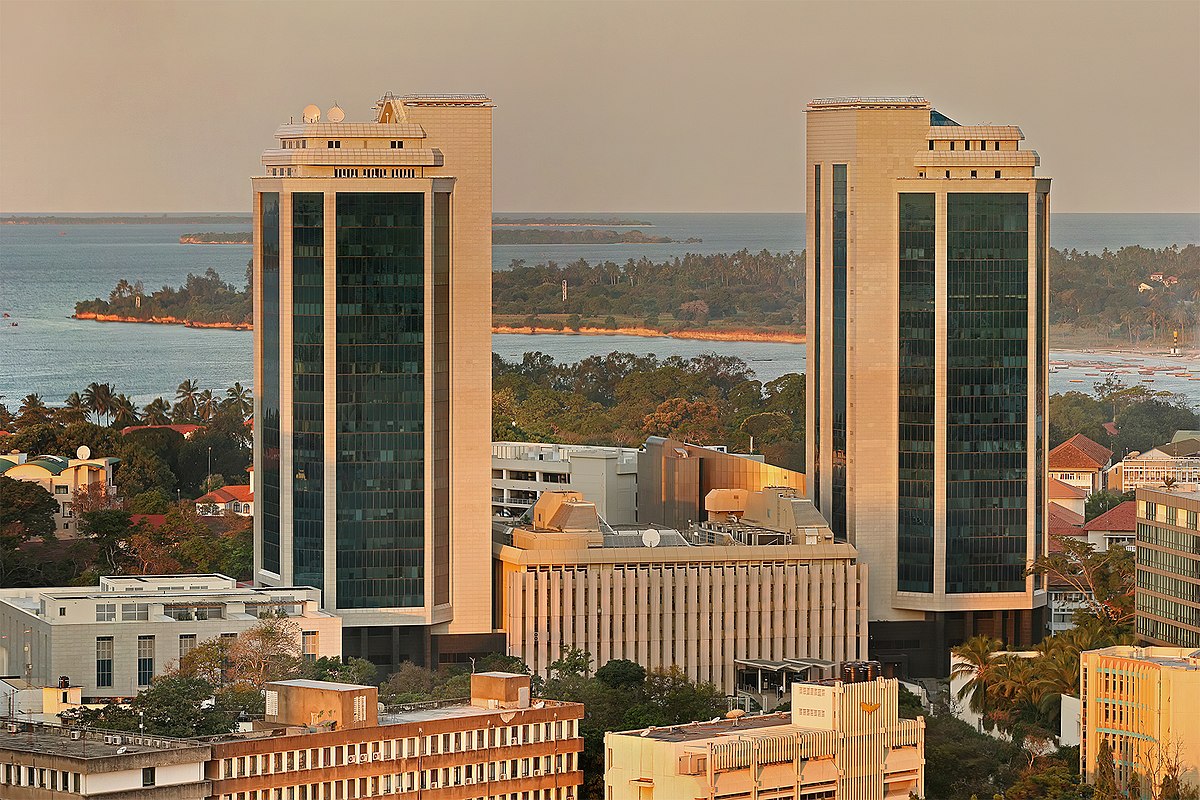Trade between African countries up 8pc to Sh27 trillion in 2024, report shows

Despite the positive growth and outlook, Afreximbank says Africa's trade landscape remains vulnerable to global price volatility and external shocks, underscoring the need to accelerate industrialization, value-added production, and economic diversification.
Trade between African countries saw a 7.7 per cent jump in the 12 months to December 2024, thanks to the regional trade policies, particularly the implementation of the African Continental Free Trade Area (AfCFTA).
According to the regional lender, Afreximbank, total trade within the continent reached $208 billion (Sh26.97 trillion), up from $193 billion (Sh25 trillion) in 2023.
More To Read
- Tech drives Africa’s private capital boom as Q3 deals surge to Sh646 billion
- East and Central Africa unveil joint plan to boost food security and grain trade
- Kenya exports Sh50.87 billion worth of goods to US ahead of AGOA expiry
- EAC confirms investment-ready Kenya–Uganda Expressway, enhancing Mombasa port access
- Kenya among first to receive Ethiopian exports under historic AfCFTA launch
- Weak regulation, environmental crisis pose threat to Africa’s maritime growth - KMA
“Increased exports have driven the growth of African economies due to the implementation of the AfCFTA,” the lender says in its 2025 African Economic and Trade Outlook report.
Southern Africa region was the most significant contributor in the period under review, with exports from the region rising from $29.5 billion (Sh3.8 trillion) to $35.9 billion (Sh4.7 trillion), reflecting a 21.7 percent increase.
Eastern and Western Africa also experienced significant export growth, reaching $23.3 billion (Sh3 trillion) and $28.8 billion (Sh3.7 trillion), respectively.
Meanwhile, Northern Africa saw its exports increase from $16.9 billion (Sh2.2 trillion) to $20.6 billion (Sh2.7 trillion), and Central Africa experienced the slowest growth, with exports rising from $8.7 billion (Sh1.1 trillion) to $10.6 billion (Sh1.4 trillion).
Southern Africa also took the lead in terms of imports, growing from $19.4 billion (Sh2.5 trillion) to $22.3 billion (Sh2.9 trillion), followed closely by Eastern and Western Africa, which reached $23.6 billion (Sh3.1 trillion) and $24.6 billion (Sh3.2 trillion), respectively.
Generally, the lender says key players during the reporting time were Côte d’Ivoire, Egypt, Nigeria and South Africa.
Nevertheless, it paints a positive prospect for the intra-region trade, saying the intra-trade is expected to grow even faster than extra-African trade in the coming years.
This with an estimated annual growth rate of 6.6 per cent over the 2025-2028 period.
“Projections indicate that intra-African trade will comprise eight percent of the continent’s GDP by 2028, reaching $261.4 billion (Sh33.9 trillion), up from 7.5 percent in 2024,” the report reads in part.
Despite the positive growth and outlook, Afreximbank says Africa's trade landscape remains vulnerable to global price volatility and external shocks, underscoring the need to accelerate industrialization, value-added production, and economic diversification.
“By shifting away from commodity dependence and investing in manufacturing and services, Africa can enhance its trade resilience and create new opportunities for long-term, sustainable growth.”
Top Stories Today














































